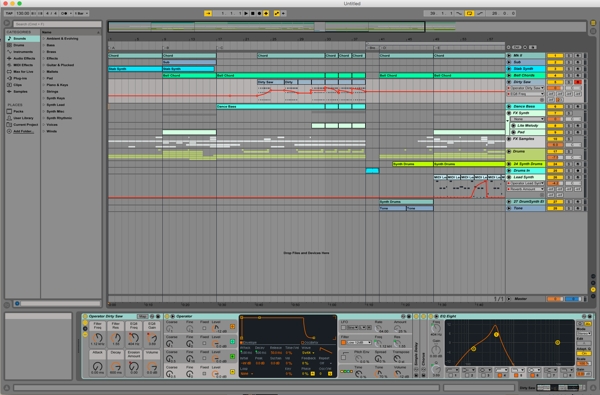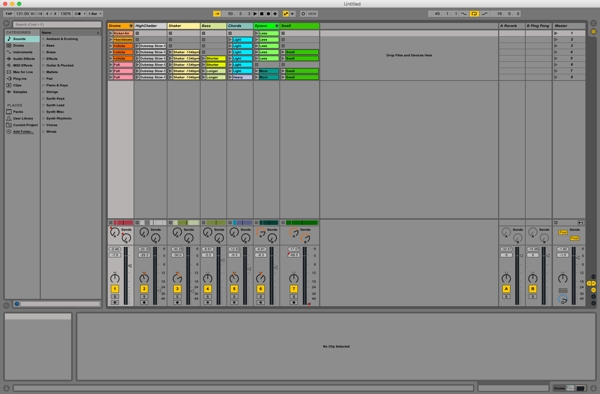Hi there! I’ve been busy getting A Christmas Carol on its feet, so apologies all round for the lack of fabulously interesting content around here. But now the Lichtenbergian Annual Meeting[1] is upon us and I must take a look back to see how well I’ve done on my goals for this past year. Let’s take a look, shall we?
Seven Dreams
Nada. After I finished Dream One last year, I was waiting on my librettist, C. Scott Wilkerson, to provide more text for our opera (based on his play Seven Dreams of Falling, a retelling of the Icarus myth). Alas, he’s been caught up in finishing his PhD, so I twiddled my thumbs. There were some abortive attempts to set the opening and ending of Dream Three since I knew what it was going to be, but I failed utterly to crack that nut.
3 Old Men
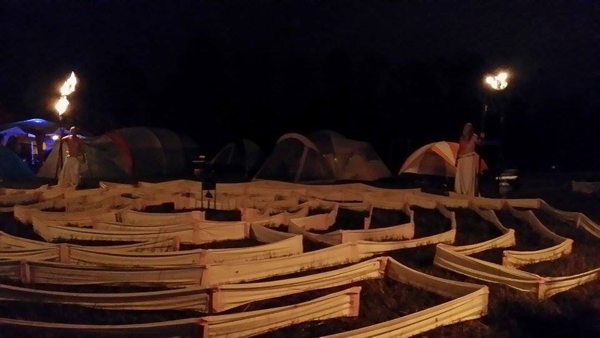
Check. My goal was to expand the camp, which we did but not in the way I originally intended. As documented here, I constructed fabric “walls” to go over the tent stakes of the labyrinth, replacing the yellow rope and improving its looks quite some. We also added some really cool new Old Men to the camp, one of whom brought fire art to the entire concept.
Five Easier Pieces
Done! I can check it off my list, where it has been for at least two years.
Christmas Carol
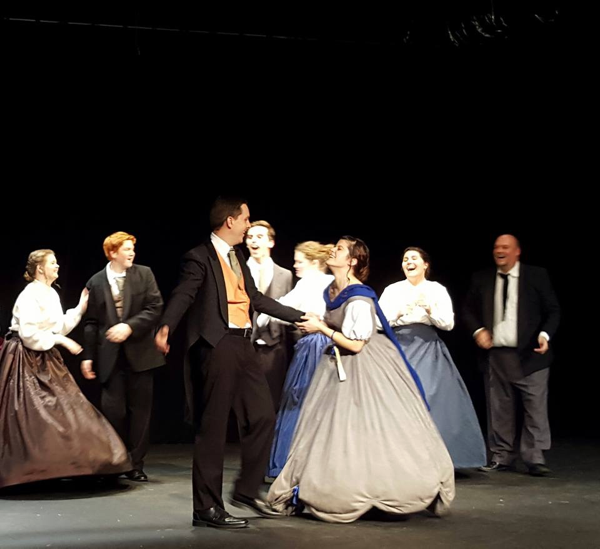
My goals for Christmas Carol for this year were a) finding an affordable software music sequencer that works like the old EZ•Vision sequencer did; b) learning to use it; and c) completely rescoring Christmas Carol again with a full orchestral accompaniment. And d) directing the show. I did it all and infinitely more.
SUN TRUE FIRE
It remained a back burner project.
design & construction of labyrinths
Not a major goal to begin with, I designed two labyrinths for “clients” that ended up being unnecessary. Still, a pleasant diversion.
general work habits
This one was a success—I re-established a daily routine that worked for me and actually was more productive than the short list above would indicate. The principles of Lichtenbergianism teach us that having goals is important even especially if they only serve to provide reference points to avoid, and that’s what happened here.
Next…
Lichtenbergian goals for 2016—let’s see what comes out of my mouth at the Meeting.
—————
[1] For those just joining us, the Lichtenbergian Society is my group of friends who support each other in their willingness to procrastinate their way to creative success.
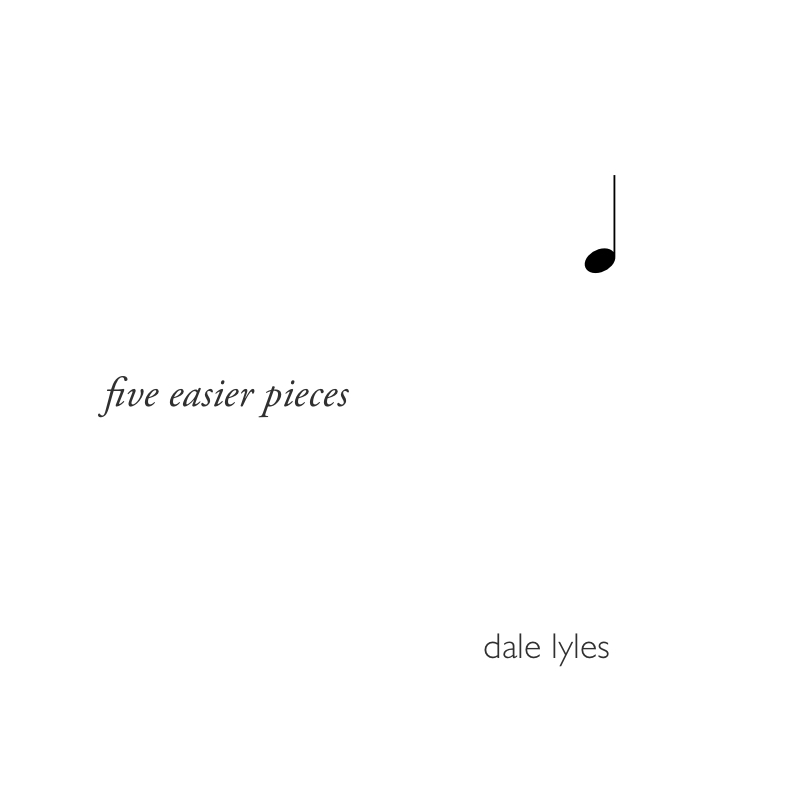 update: Oops, I finished it. (Minor futzing, and a tweak to the ending.)
update: Oops, I finished it. (Minor futzing, and a tweak to the ending.)